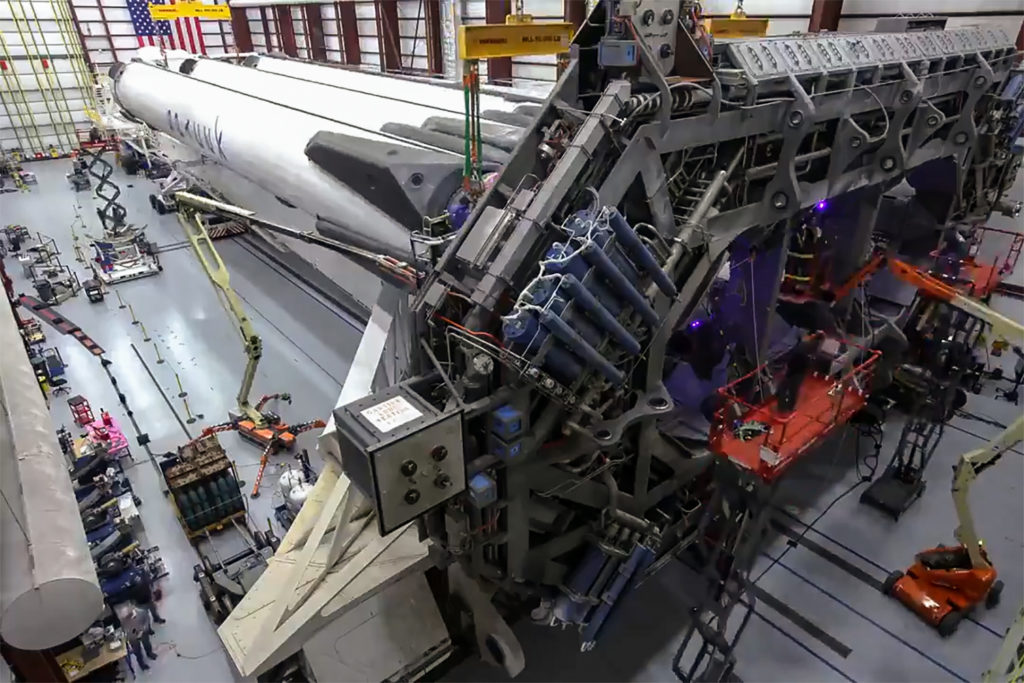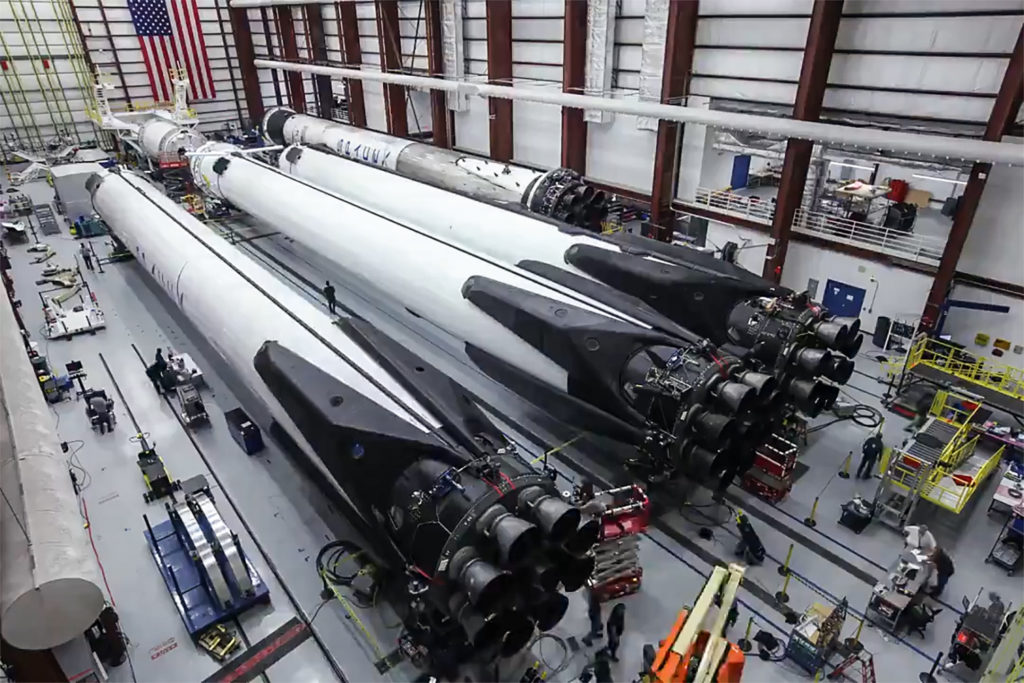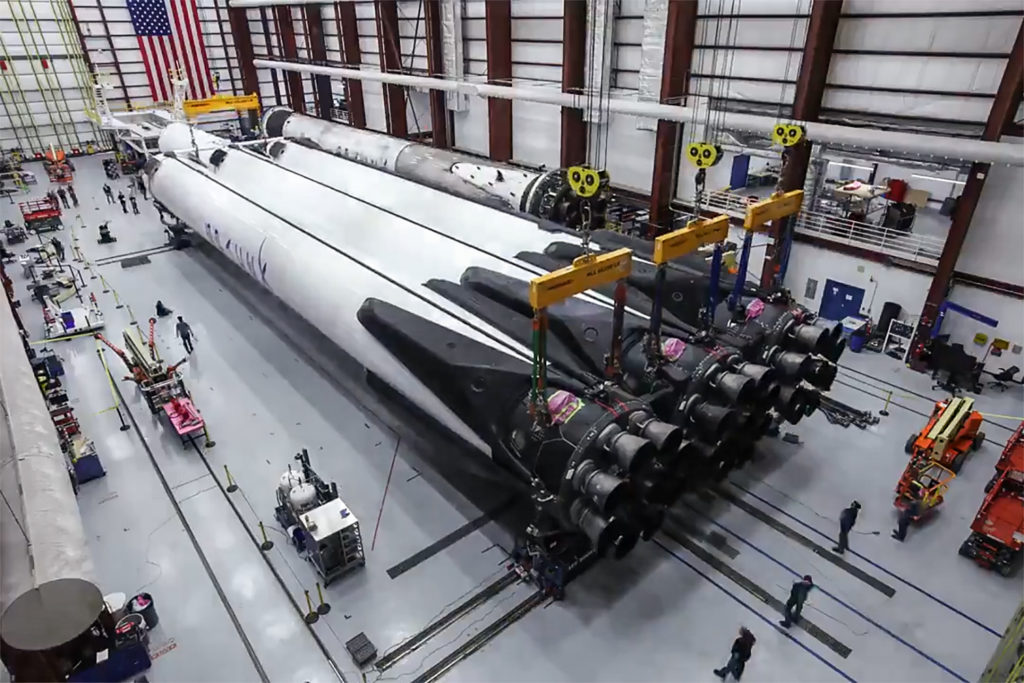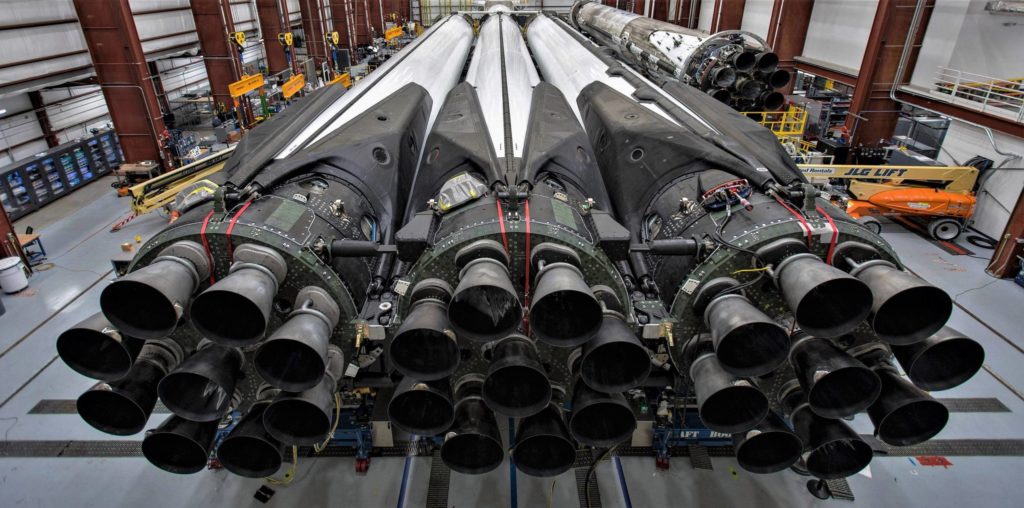Ford Chief Executive Jim Hackett recently admitted that the company has “overestimated” the arrival of full self-driving vehicles. While speaking at the Detroit Economic Club on Tuesday, the Ford CEO noted that while the company’s first autonomous car is still coming in 2021, the applications of the vehicle’s self-driving technology will be limited.
“We overestimated the arrival of autonomous vehicles. Its applications will be narrow, what we call geo-fenced, because the problem is so complex,” the Ford executive said.
Hackett is leading Ford in a rather challenging time, with an $11 billion overhaul for the company currently underway. The costly overhaul will result in closed factories, thousands of workers being laid off, and the company’s traditional sedan lineup being retired in favor of sports utility vehicles and trucks. For Hackett, autonomous cars still hold a lot of potential, as it could effectively change the transportation sector when they do get released.
“When we break through, it will change the way your toothpaste is delivered. Logistics and ride structures and cities all get redesigned. I won’t be in charge of Ford when this is going on, but I see it clearly,” he said.
The comments of the Ford CEO are rather surprising considering the company’s incredibly high rankings in the results of Navigant Research’s automated driving system study for 2018. The research firm listed Ford as 3rd out of 20, only falling behind Waymo and GM Cruise, both of which have been actively developing full self-driving solutions for years. Tesla, which is also in the process of developing full self-driving solutions, was ranked by Navigant as second to last, just above Apple.
Navigant senior analyst Sam Abuelsamid explained Ford’s strategy in the autonomous driving race. “Ford’s not trying to be the first to market. Their goal is to have the right kind of business developed specifically for autonomous service, not an adaptation of an existing vehicle,” he said.
The recent comments of Ford’s CEO highlight the challenges that are involved in the development of self-driving solutions. Waymo and GM Cruise have been testing their vehicles for years, and both companies are only able to use their technology in geo-fenced areas. Tesla’s Full Self-Driving suite, which was developed through billions of miles of real-world data, is yet to be fully released but is expected to work in most real-world conditions.
If Elon Musk’s plan for Tesla in 2019 pans out, the first features of the company’s Full Self-Driving Suite will be released this year. Tesla is already preparing to showcase some of these later this month at its upcoming Autonomy Investor Day on April 22. During the event, attendees will be able to experience test drives in vehicles equipped with Autopilot and Full Self-Driving capabilities that are yet to be released.

<!–
–>
var disqus_shortname = «teslarati»;
var disqus_title = «Ford is realizing that the self-driving car market is not as simple as it thought»;
var disqus_url = «https://www.teslarati.com/tesla-ford-self-driving-car-market/»;
var disqus_identifier = «teslarati-100567»;















